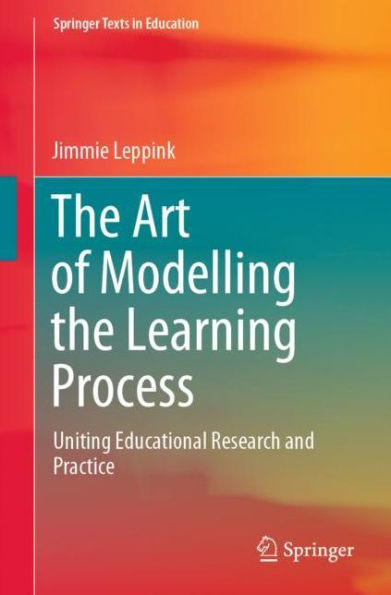5
1
9783030430818



The Art of Modelling the Learning Process: Uniting Educational Research and Practice available in Paperback, eBook

The Art of Modelling the Learning Process: Uniting Educational Research and Practice
- ISBN-10:
- 3030430812
- ISBN-13:
- 9783030430818
- Pub. Date:
- 04/07/2020
- Publisher:
- Springer International Publishing
- ISBN-10:
- 3030430812
- ISBN-13:
- 9783030430818
- Pub. Date:
- 04/07/2020
- Publisher:
- Springer International Publishing

The Art of Modelling the Learning Process: Uniting Educational Research and Practice
$69.99
Current price is , Original price is $69.99. You
69.99
In Stock

Product Details
| ISBN-13: | 9783030430818 |
|---|---|
| Publisher: | Springer International Publishing |
| Publication date: | 04/07/2020 |
| Series: | Springer Texts in Education |
| Edition description: | 1st ed. 2020 |
| Pages: | 264 |
| Product dimensions: | 6.10(w) x 9.25(h) x (d) |
About the Author
What People are Saying About This
From the B&N Reads Blog
